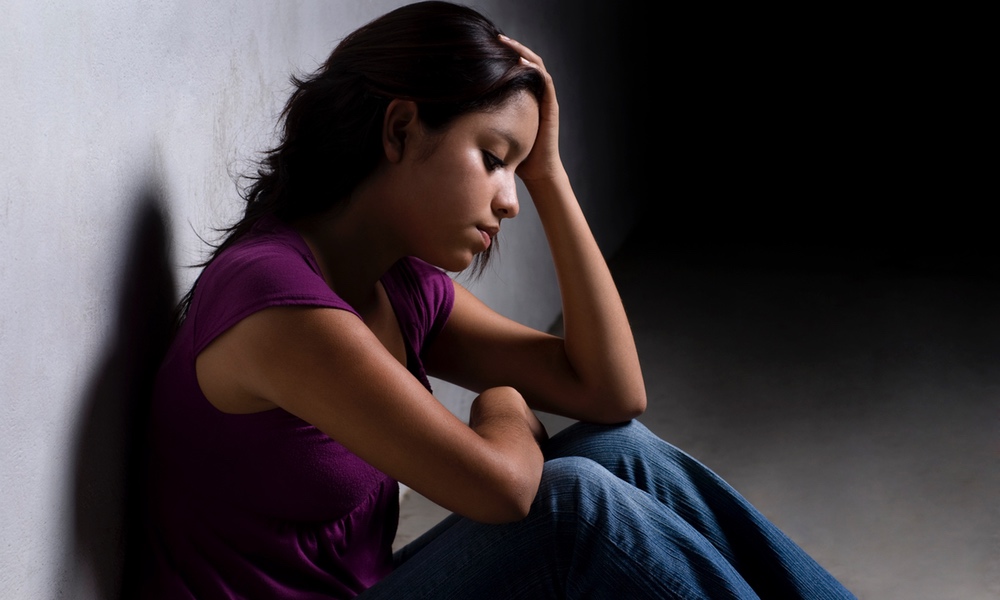"Energy" drinks – flavored beverages with a punch, typically high amounts of caffeine – have seen a surge in popularity in recent years with sales soaring 240 percent from 2004 to 2009. According to a new study, that surge has also been seen in visits to hospital emergency rooms due to related health issues such as heart arrhythmias, hypertension, and dehydration. The beverages are sold in cans and bottles and are easily purchased from convenience stores, grocery stores, vending machines, and bars.
the number of emergency room visits associated with the use of non-alcohol energy drinks increased from a little more than 1,000 to over 13,000 with a peak in 2008 at just over 16,000 emergency room visits.
A nationwide report issued by the Substance Abuse and Mental Health Services Administration (SAMHSA) indicates that between 2005 and 2009 (the latest year for which numbers were available), the number of emergency room visits associated with the use of non-alcohol energy drinks increased from a little more than 1,000 to over 13,000 with a peak in 2008 at just over 16,000 emergency room visits.
The drinks are primarily marketed to students, athletes, or anyone else who wants (or thinks they need) to increase their stamina or get an extra energy kick. Some promise to boost athletic performance. As many as 50 percent of children, adolescents, and young adults consume them. Popular brands include Red Bull, Full Throttle, AMP, Monster, and Rockstar.
The amount of caffeine in an energy drink varies by product. The caffeine content of one 8 to 12 ounce serving can range from 70 to 150 milligrams (mg); however, many cans or bottles contain two or three servings which raises the caffeine content considerably. In addition, some energy drinks contain additional stimulants that aren't easily recognized by consumers. These include guarana and ginseng. Guarana, in particular, can substantially increase the total caffeine in an energy drink. For the sake of comparison, a typical cup of coffee (8 ounces) contains about 100 mg of caffeine while a 12-ounce cola beverage has about 50 mg.
Excessive caffeine intake can cause irregular heart rhythms, high blood pressure, dehydration, and other more serious conditions. When combined with alcohol and drugs, the risk of significant, even life-threatening events increases, and those who do so are more likely to engage in risky behaviors such as driving under the influence.
SAMSHA Administrator Pamela S. Hyde said, "Energy drinks used in excess or in combination with alcohol or drugs can pose a serious health risk. The beverage industry, consumer groups, community coalitions, the healthcare community, teachers, parents, and others must get the word out that quick fix energy drinks are not a solution and carry great risks, especially in combination with other substances of abuse. Sleep, exercise, and a healthy diet rather than stimulants in a beverage are keys to quality of performance, sustained success, and overall wellness."
The full report, issued on November 22, 2011, is available here.




